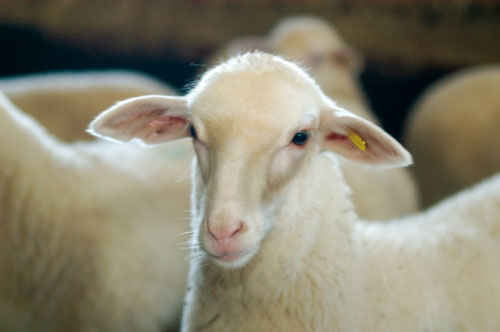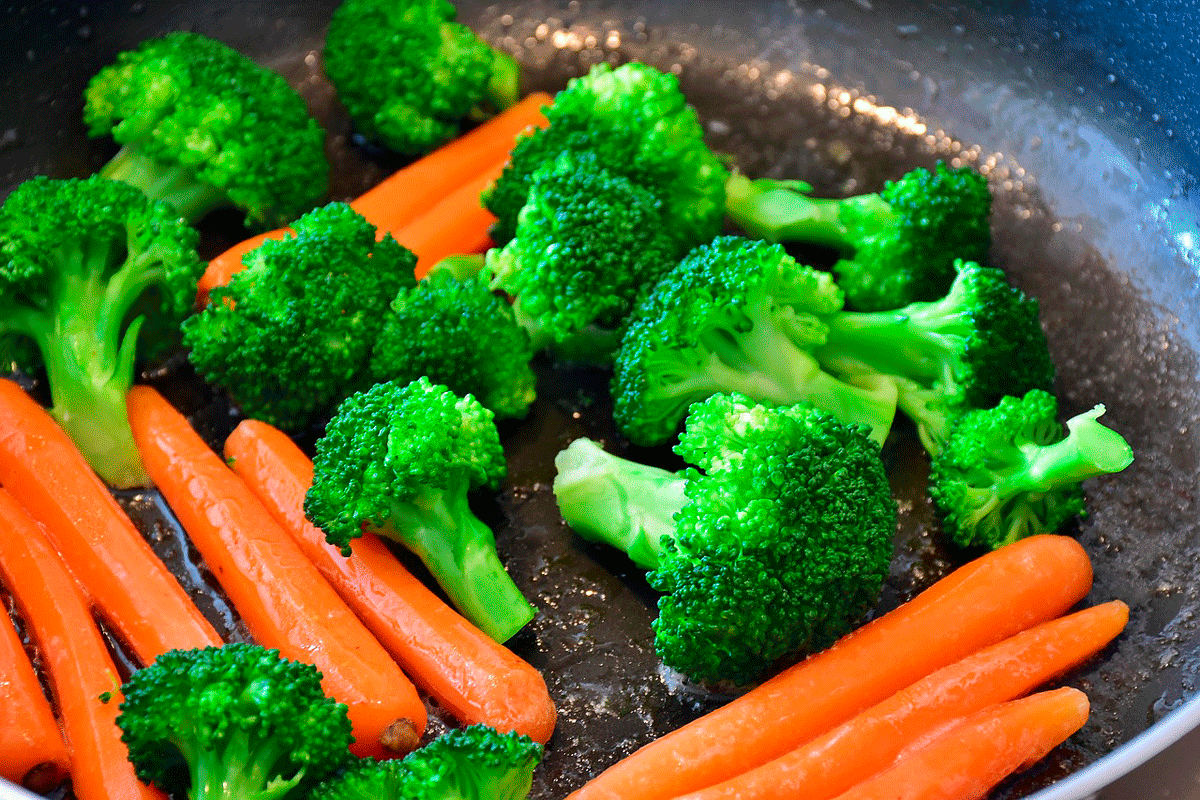THE TASTE OF THE EARTH
TERNASCO
FROM MONCAYO

"In January, each sheep with its lamb"
Popularsaying
Shepherding is a trade as ancestral as the human being himself. Sheep in Aragon have been occupying a preferential place in the agricultural economy and very prominent within the livestock sector.
The House of Cattle Breeders of Zaragoza
In Aragon, a harsh geography, an extreme continental climate and a great demographic dispersion meant that the rural population had to adapt its production, both agricultural and livestock, to the conditions of the territory. Sheep farming, acclimatized to the needs, generated important resources, both food and textile. The "transhumance", mainly sheep, has had a great historical, social and economic importance in the region, with its own government and organization.
In 1218, King James I, "the Conqueror", founded the Brotherhood of St. Simon and St. Jude or the House of Cattlemen of Zaragoza. The Confraternity was presided over by its own judge, the Justicia de Ganaderos, with criminal jurisdiction since 1218 and civil jurisdiction since 1391. The sentences were applied with firmness and without possible appeal. Later, in 1273, when Alfonso X, "the Wise", was king, the Mesta would emerge. In the Crown of Aragon there was no general and centralized Mesta under royal control, as in Castile; the local groups remained independent of each other and of the Crown. The diversity of legal regimes in Aragon made it necessary to establish agreements and pacts between the opposing parties.
The Ternasco of Aragon
The first written allusion to the word "ternasco" seems to be in the so-called Letters of Sigena in 1802, which are preserved in the Diocesan Archives of Zaragoza. The word ternasco, coming from tierno, is in Aragon a "lamb that has not yet grazed".
Sheep are spread throughout Aragon. The tremendous capacity and resistance of the autochthonous breeds allows their exploitation, especially in extensive systems. The legislation protects the quality and authenticity of "ternasco" with a specific denomination. Only meat from lambs less than 90 days old belonging to the Rasa Aragonesa, Ojinegra and Roya bilbilitana breeds born and raised in Aragón, under the natural conditions established, which are: genetic control of the parents, controlled breeding and feeding, slaughter between 70 and 90 days old and carcasses between 8.5 and 11.5 kilos. Veal is rich in certain minerals and other trace elements, especially iron, phosphorus, zinc and vitamins A and B12.
At present, Aragon is a livestock region par excellence, and within sheep farming, the sheep herd of the Ebro Valley represents 21.33% of the national census, placing us among the areas with the highest density of sheep.
Veal has always had a festive value, both at the table of yesteryear and today. Appreciated as a tasty and delicate meat, it forms part of the traditional culinary recipes of the region. Roast veal with potatoes "a lo pobre" is one of the most popular dishes in Aragonese lands, as well as braised shanks, grilled ribs with vine shoots or caldereta veal.
The meat of Moncayo lamb is of the highest quality, pink, tender and juicy. It is low in saturated fats, making it a very healthy source of animal protein.
Fine offal
Lamb is a permitted food in both the Muslim and Jewish religions. Christians used to eat the parts that Arabs and Jews rejected as a religious rule. Taking advantage of the "leftovers" gave rise to another way of cooking veal that has remained as a traditional reference of Aragonese and Moncanese cuisine: casquería, a culinary term used to refer to the entrails: viscera, entrails, offal or offal of a slaughtered animal.
Among the casqueria products we find authentic delicacies that offer an immense variety of flavors, aromas and textures. Ancient products that merge with modern cuisine. Denigrated for a long time, it is once again appearing on the menus of luxury restaurants.
The offal is back in fashion at the best tables of the most famous chefs, such as, for example, the "mensillas" or the traditional "patorrillo".
It is essential that these products are very fresh, their consumption has to be the same day or the following day if we keep them in the refrigerator. Offal provides important nutritional elements. It is cheaper than meat, low in fat, and with a high content of mineral salts.
Brains are a product loaded with nutritional properties that are rarely found in other foods. Brains are especially rich in vitamins A, B and C, mineral salts, iron and calcium.
Lamb's trotters were prepared in a thousand different ways. In ancient times, it was a tradition that the roasted lamb's head, considered a delicacy, was offered to the host of the event or feast being celebrated. The small intestine of the lamb is used to make one of the most popular products in tapas bars: the "gordillas" or "gordillas", queens of the casquería (offal).
The S.A.T. "El Cortijo". The Moncayo veal.
In the region of Tarazona and Moncayo, the most representative sheep breed is the "Rasa Aragonesa". For 36 years the S.A.T. "El Cortijo" has been taking care of and reproducing the parameters established by "Ternasco de Aragón". Grazing in traditional areas: in the Dehesa de Tarazona, Balsa de la Mesta, El Buste or the lands of Tórtoles, the practice of extensive cattle raising provides high quality veal with a delicious flavor.
The production of the S.A.T. "El Cortijo" is entirely destined for sale in its own butcher's shop "Hermanos Calvo" in the city of Tarazon.
Hermanos Calvo Butcher's Shop
Own extensive livestock farm. Own lamb and veal breeding. Butchery and charcuterie.
Products of own elaboration: sausages, chorizo, sausage.
Prepared meat dishes: skewers, round meat, meatballs.


 Español
Español English
English